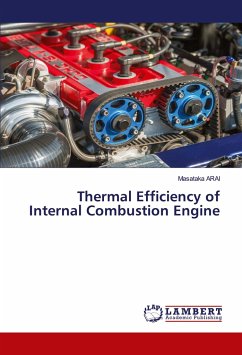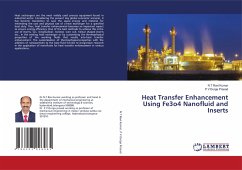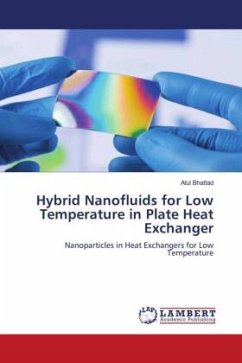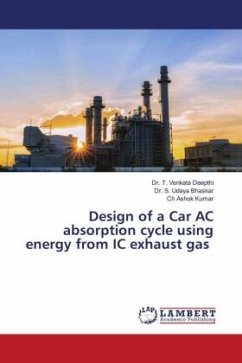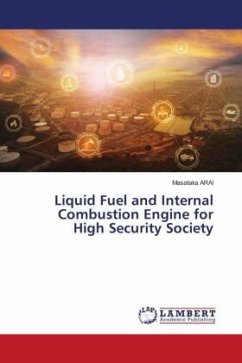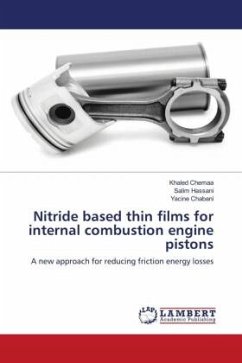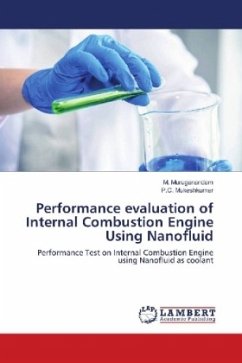
Performance evaluation of Internal Combustion Engine Using Nanofluid
Performance Test on Internal Combustion Engine using Nanofluid as coolant
Versandkostenfrei!
Versandfertig in 6-10 Tagen
36,99 €
inkl. MwSt.

PAYBACK Punkte
18 °P sammeln!
- The exhaust temperature of smoke can be reduced up to 15% using nanofluids at different power capacity. Since the temperature of the smoke is reduced, the carbon dioxide CO2 can be reduced up to 10% from the emission. - The thermal conductivity of the nanotube is next to diamond where its functionality efficiency and engine operate process is very smart compared to other coolant processes. Therefore the conventional coolant water can be replaced with MWCNT/Water Nanofluids with better engine Performances. - Using "Nanosponges" as carbon capturing techniques before entering into the atmospher...
- The exhaust temperature of smoke can be reduced up to 15% using nanofluids at different power capacity. Since the temperature of the smoke is reduced, the carbon dioxide CO2 can be reduced up to 10% from the emission. - The thermal conductivity of the nanotube is next to diamond where its functionality efficiency and engine operate process is very smart compared to other coolant processes. Therefore the conventional coolant water can be replaced with MWCNT/Water Nanofluids with better engine Performances. - Using "Nanosponges" as carbon capturing techniques before entering into the atmosphere at the exit manifold of the I.C engine, the CO2 in the smoke can be reduced up to 5% - Converting CO2 at the exhaust manifold into a fuel cell and a raw material for petrochemical products. - The overall CO2 can be reduced to 15% to 20 % - Converting merely 75 percent of the CO2 into methanol.



